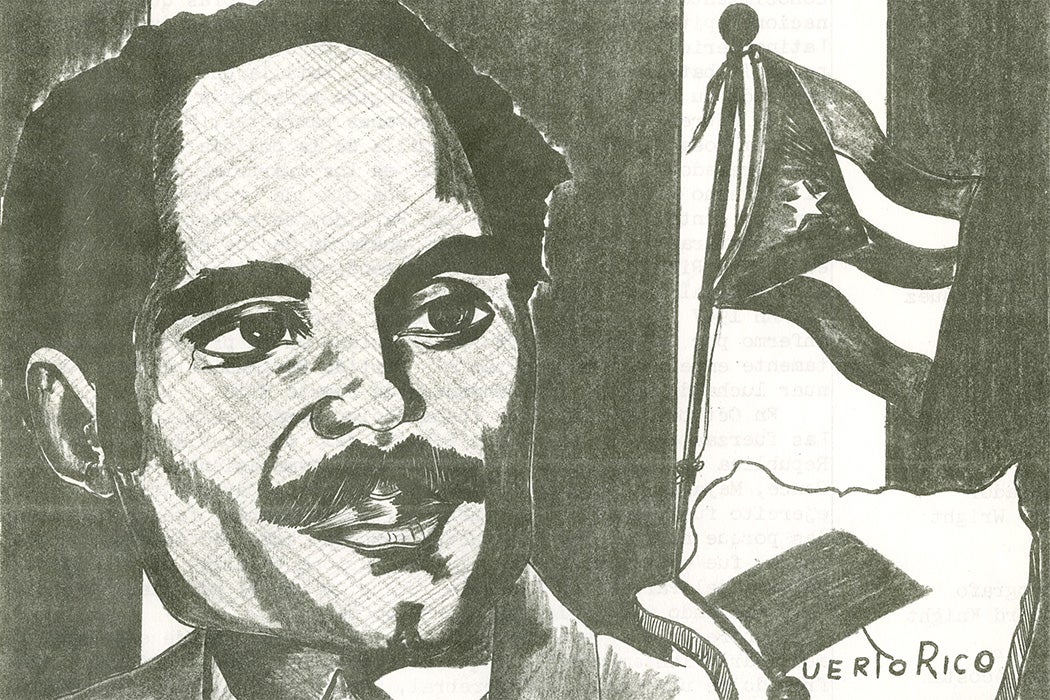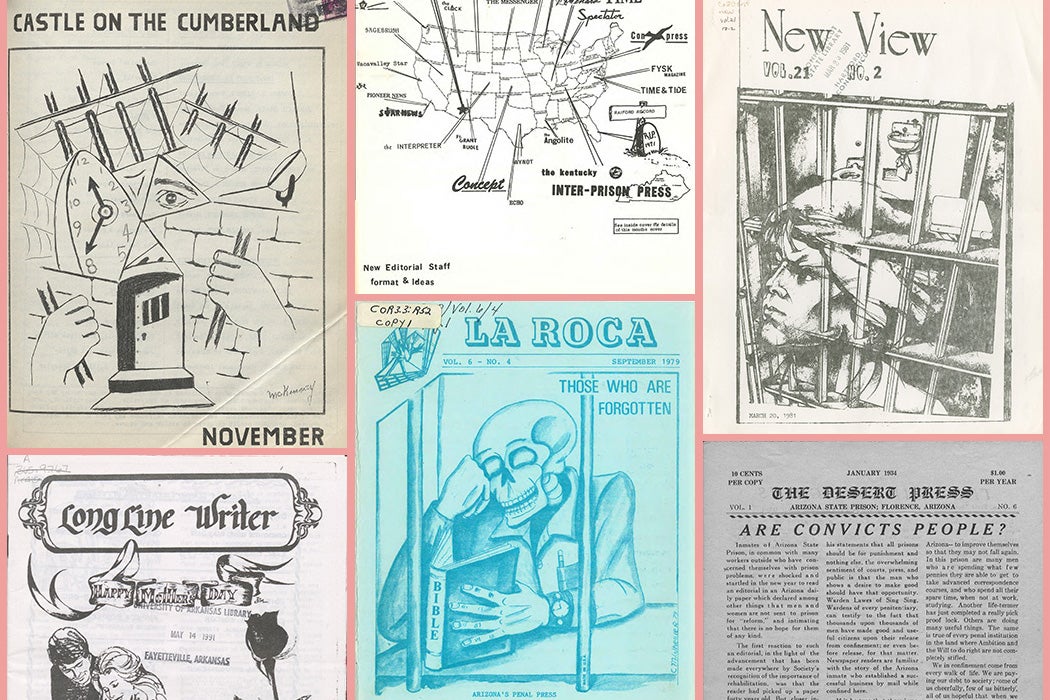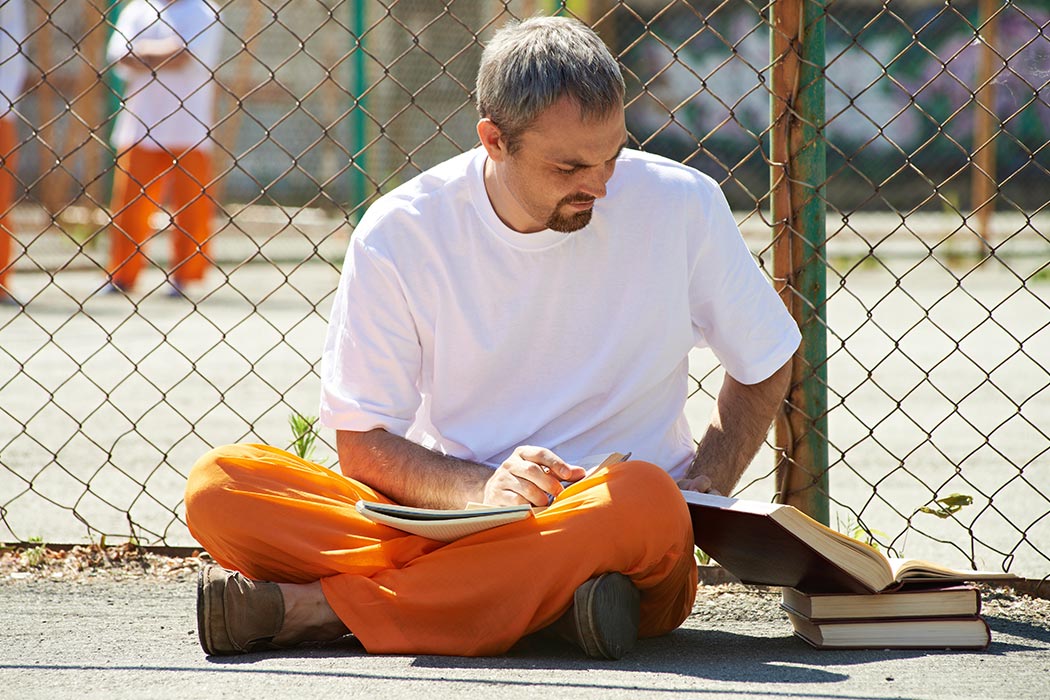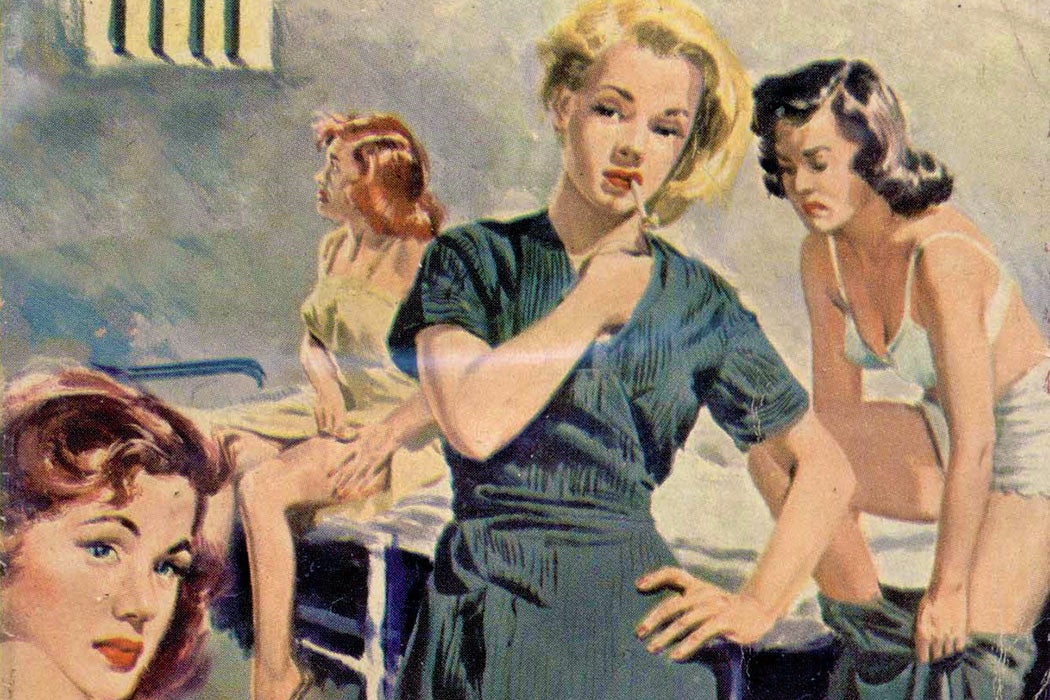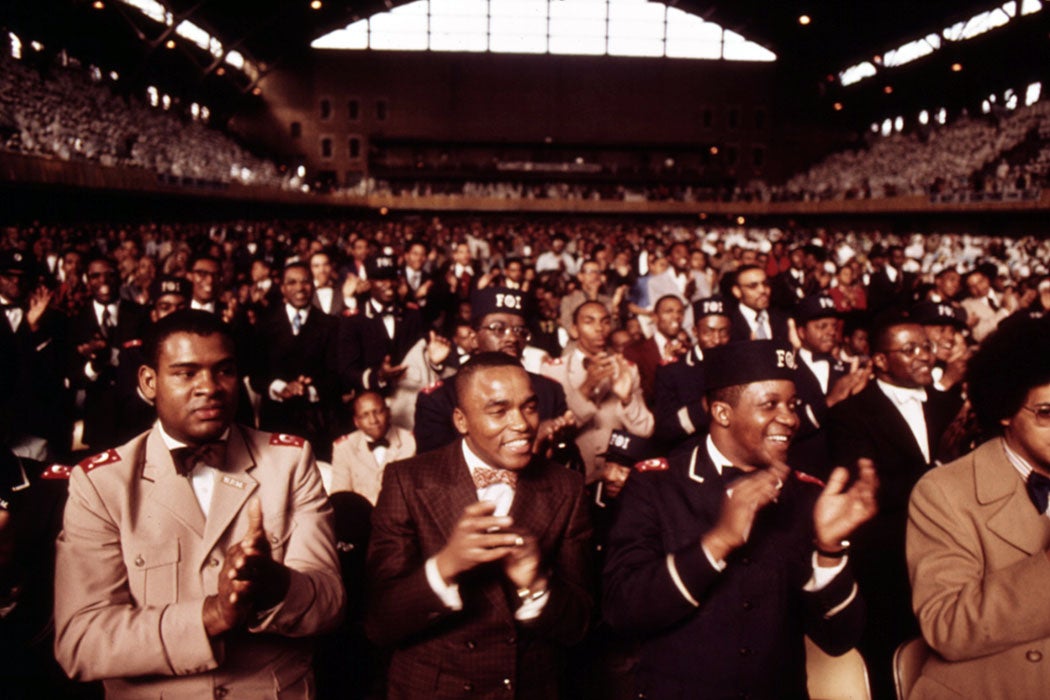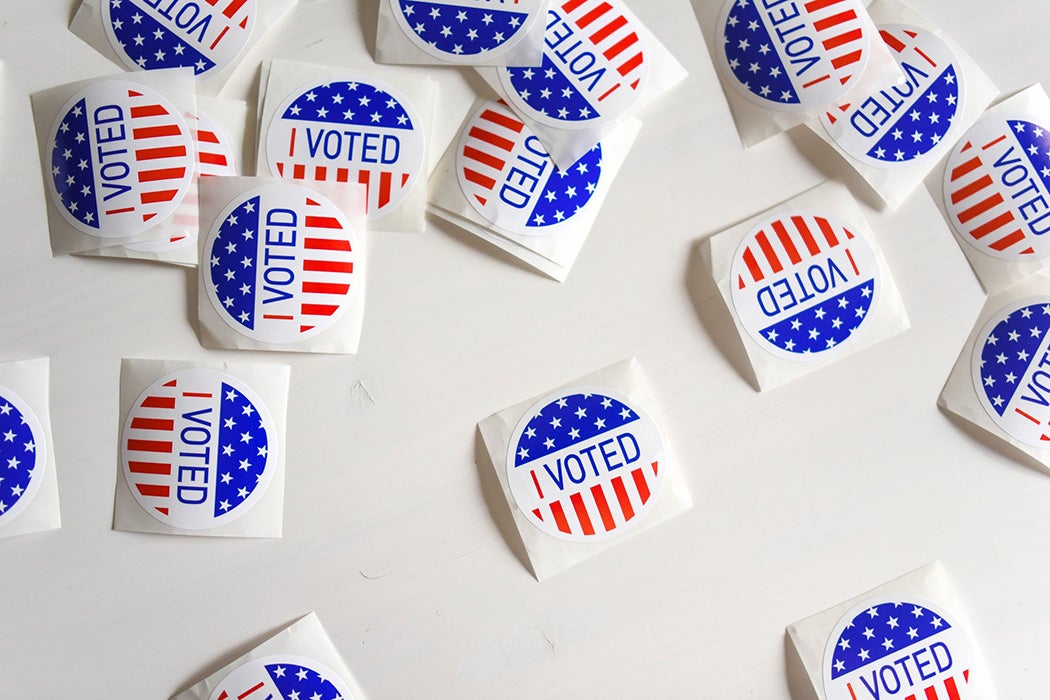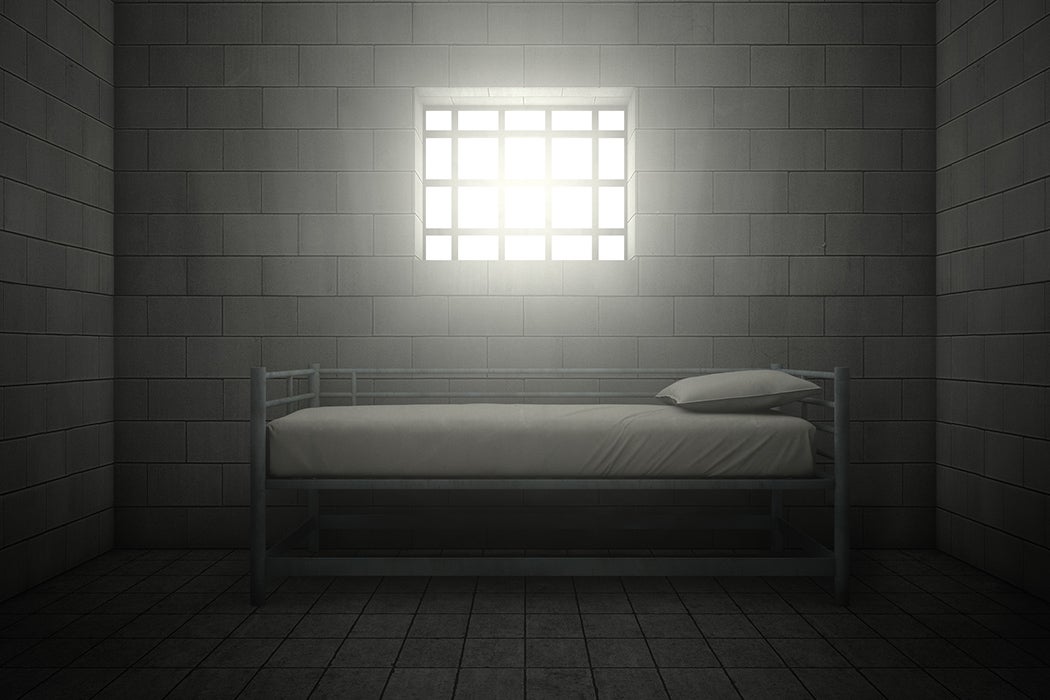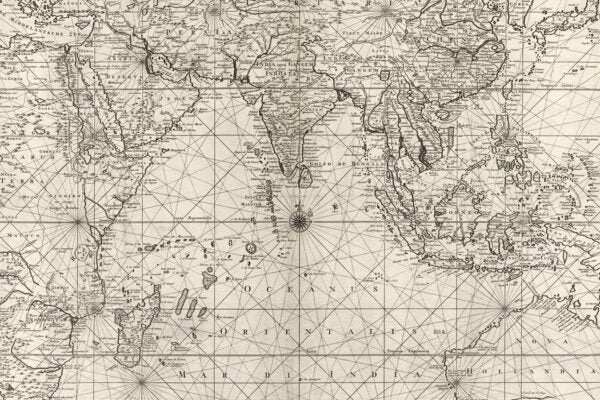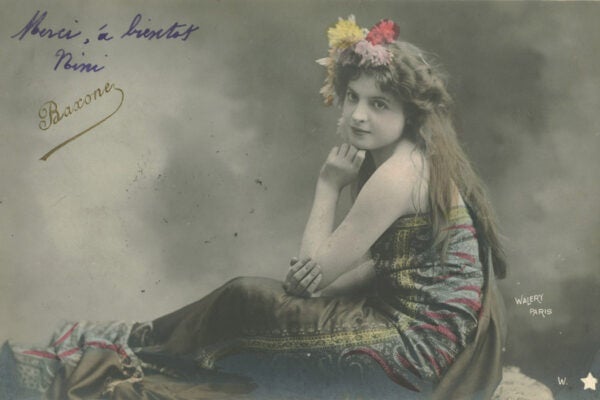The United States has the highest incarceration rate in the world, both in absolute numbers and on a per capita basis. Reveal Digital’s American Prison Newspapers collection is designed to elevate incarcerated voices and offer new breadth and depth to our understanding of prisons and imprisonment. On Wednesday, March 23rd, 2022, our own formerly incarcerated engagement editor Morgan Godvin joined interdisciplinary prison scholar Ashley Rubin for a conversation about this history of mass incarceration. The event, hosted and moderated by our friends at Knowable Magazine, is archived available to watch here.
We are actively seeking new content for the American Prison Newspapers project, please see our submissions guide. Here is a roundup of past stories we have published that can help explain various facets of the complex history of mass incarceration. We welcome reader feedback for coverage.
* * *
Were Early American Prisons Similar to Today’s?
A History of Women’s Prisons
50 Years Later: The Evolution of Prison Policy
Introducing American Prison Newspapers, 1800-2020: Voices from the Inside
Bringing Education to Prisoners
How Mass Incarceration Has Shaped History
Lesbians in Prison: The Making of a Threat
What the Prisoners’ Rights Movement Owes to the Black Muslims of the 1960s
Would Formerly Incarcerated People Vote Democratic?
The Problem With Privatizing Prisons
Free Event
Behind Bars: The Invention of Mass Incarceration
Support JSTOR Daily! Join our new membership program on Patreon today.
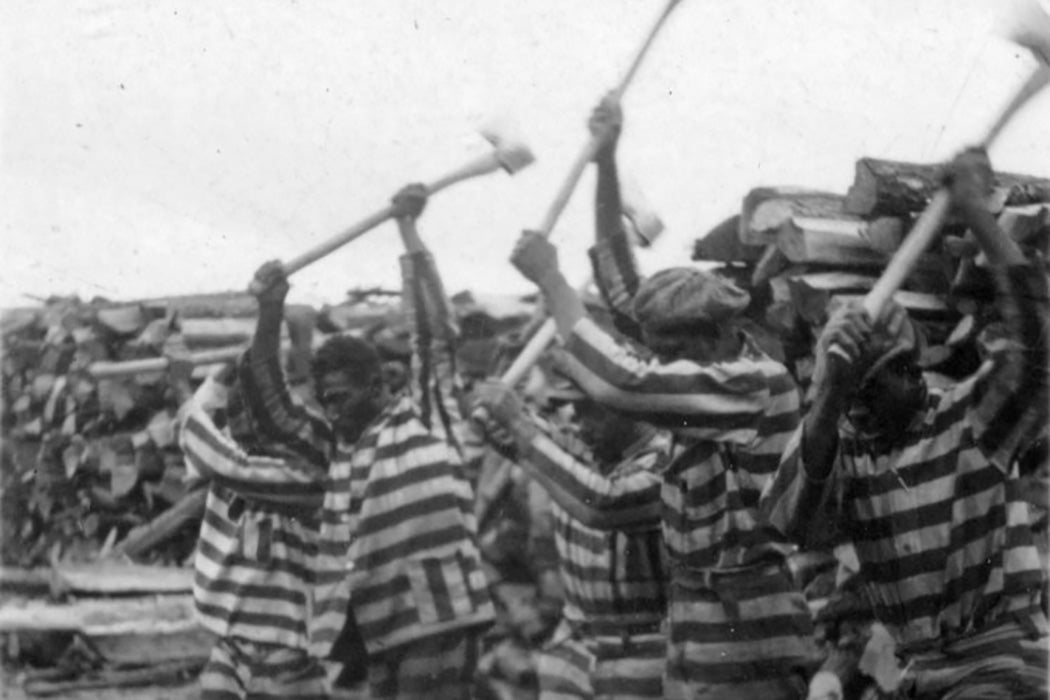


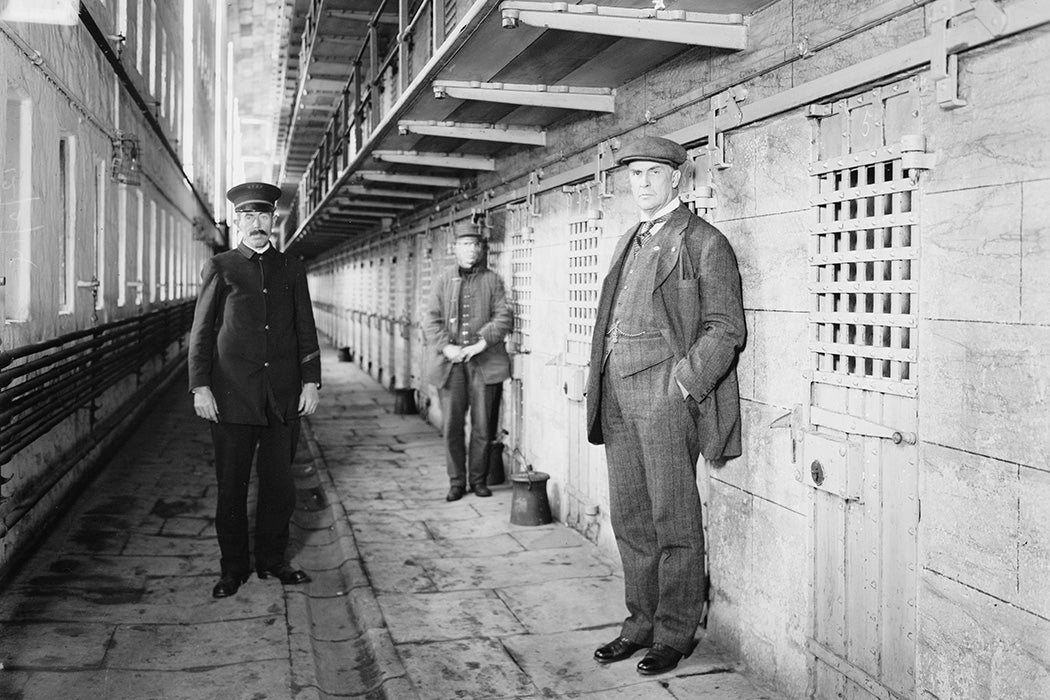
![Female prisoners at Parchman sewing, c. 1930
By Mississippi Department of Archives and History [see page for license], via Wikimedia Commons](https://daily.jstor.org/wp-content/uploads/2015/03/Parchman_Female_Prison_Sewing_1050x700.jpg)
